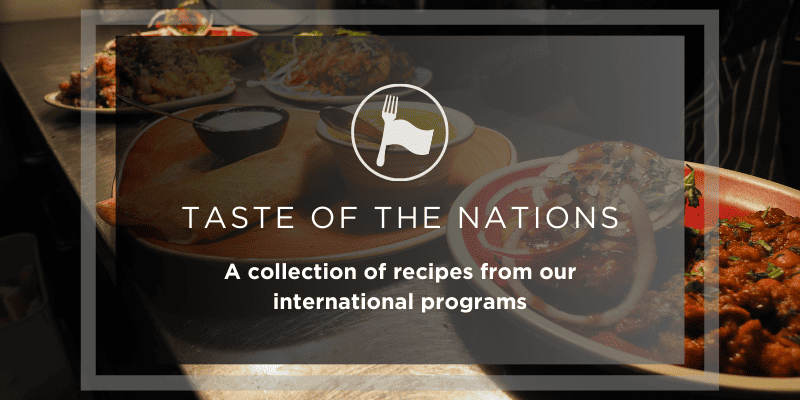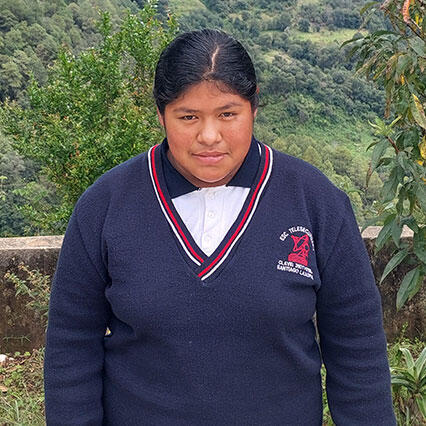
5 Tips for Writing Your Child Consistently
I just returned from a mission trip to our child sponsorship program in El Cobre, Cuba and spent several days with not only my sponsored child but some of yours as well! What a joy to see them face to face, hug them, and to share some quality time. One










